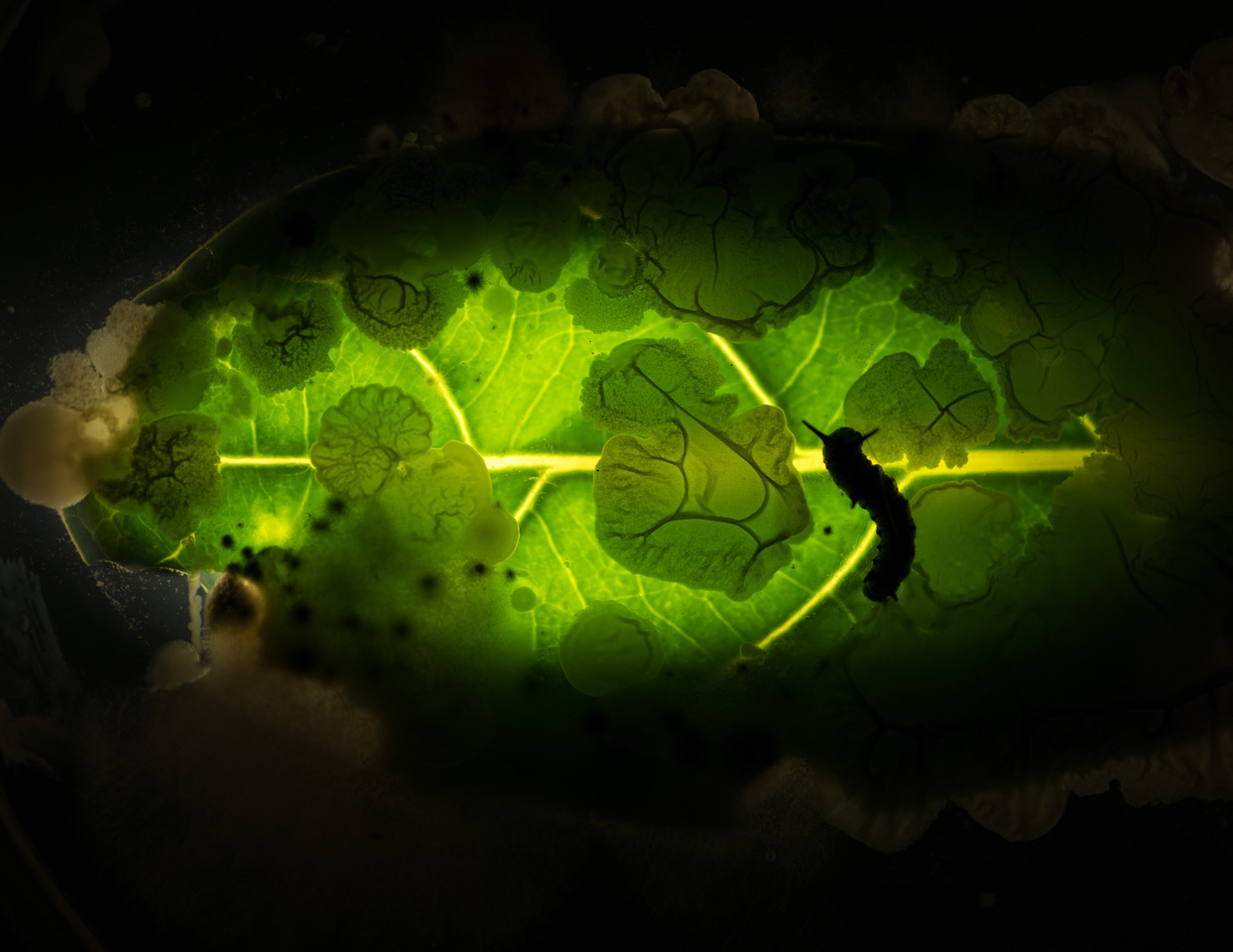For humans, trade is second nature and civilizations have flourished and fallen with the fate of their trade. In fact, the mutual scratching of backs is a cornerstone of many animal societies. On the other hand, deep and sustained mutualisms across species were long thought to be quirks of evolution, where radically different players managed to stick together and trade for mutual benefit. Famous examples include mitochondria (ex-bacterial cells), which are embedded in and power animal and plant cells. These ancient mutualisms are incredibly fascinating; for how could such delicate relationships survive the travails of time and evolution?
In the past two decades, new genetic tools to find and identify microbes have upended the notion of rare mutualisms. It turns out that most animals and plants house complex and structured microbial communities, providing them food, safety, and even passage to new hosts. What’s more, the microbes pay rent! Some manufacture enzymes or vitamins for their hosts, while others take care of toxins and enemies. The currency is varied and rich, with hundreds of examples of fascinating mutualisms. Especially in insects, such associations are so common that they are proposed to have driven the incredible diversification of insects across the earth.
Against this backdrop of rampant mutualism, recent work from Deepa Agashe’s group at NCBS presents a jarring contrast. Her team found that unlike other insects, neither butterflies nor dragonflies seem to have evolved strong mutualisms with their bacterial guests. Instead, bacteria seem to be transient acquaintances, sampled randomly from species encountered in the diet or environment.
The case of dragonflies is interesting, because they are thought to be generalist predators of aquatic ecosystems. Their protein-rich diet could perhaps be more easily digested with the help of bacterial enzymes. Postdoctoral fellow Rittik Deb and project assistant Ashwin Nair dissected the guts of many dragonflies, and used genetic tools to identify the bacterial residents and insect prey. Strong host-bacterial mutualism should lead to consistent and similar bacterial communities across individual hosts. Instead, the team found that dragonflies with more diverse diets also housed varied bacterial communities. The work also provided some of the first evidence that dragonflies are not generalist predators. Different dragonfly species – even those living by the same pond on the NCBS campus – specialize on different insect prey, acquiring different bacteria in the process.
Most butterfly caterpillars also only eat specific plants. PhD student Kruttika Phalnikar thus expected that different butterflies should have tailored mutualisms with different bacteria. But as they mature into adults, leaf-eating caterpillars transition to sipping nectar, which should entail a dramatic shift in the bacterial community. Collaborating with butterfly expert Krushnamegh Kunte, Phalnikar analysed bacterial communities from several wild-caught butterflies. Surprisingly, she found similar bacteria on plant leaves; in caterpillars that ate the leaves; and in mature adult butterflies. Caterpillars of different species also housed more similar bacteria than expected. Parallel results from an independent study in the neotropics indicated that butterflies may generally lack a stable microbiome.
Could we go a step further with this idea? Unlike dragonflies, butterflies can be reared in a greenhouse, and the team could directly test whether losing bacterial communities was costly. Using antibiotics, Phalnikar killed bacteria found in the caterpillars of two butterfly species. Indeed, the caterpillars developed just as well as control (unmanipulated) larvae. Even when she added fecal microbes back into the diet, caterpillar growth and survival was unaffected. Thus, butterflies do not seem to rely on bacteria to digest toxins in their food plants, or to acquire essential nutrients.
Together, these studies suggest a remarkable independence from bacterial mutualists in two very different insect groups. On the one hand this is puzzling, because establishing alliances is a very powerful (and oft-used) way to get ahead in life. The spectacular diversification of butterflies (India alone has ~1400 species) is also associated with the ability to eat a wide range of plants; many of which are toxic, difficult to digest, or offer poor nutrition. It seems incredible that butterflies managed to colonize all these niches on their own. On the other hand, it is not easy to find good partners, and even harder to maintain long-term relationships. Co-dependence is fraught with danger: partners may drift apart, go extinct, or turn on each other. We thus circle back to the idea that mutualisms should be rare.
These results open up new and exciting questions. How do butterflies and dragonflies manage without bacterial help? How did other insects successfully negotiate the pitfalls of co-dependence? More generally, can we predict when symbiosis will succeed? The wide spectrum of insect-bacterial mutualisms offers a unique opportunity to understand how trade partnerships establish, evolve, and dissolve over time.
References:
1. Phalnikar K, Kunte K and Agashe D (2019). Disrupting butterfly microbiomes does not affect host survival and development. Proceedings of the Royal Society of London B 286: 20192438. Read it here.
2. Deb R, Nair A and Agashe D (2019). Host dietary specialization and neutral assembly shape gut bacterial communities of wild dragonflies. PeerJ 7:e8058.
3. Phalnikar K, Kunte K and Agashe D (2018). Dietary and developmental shifts in butterfly-associated bacterial communities. Royal Society Open Science 5:171559.
*Image: A caterpillar of the Plain Tiger butterfly (Danaus chrysippus) crawls on a leaf of its host plant Calotropis gigantia, sprawling with bacteria and fungi. The leaf was incubated with nutrient-rich media to unravel the magnificent microbial diversity in larval diet. (Image credit: Kruttika Phalnikar and Shoot for Science)










0 Comments